Guide For Designing An Ideal Home Entertaining Space
Words: Sarah LograssoSummer is near and cocktails with friends is on the calendar. Now comes the hard part. Which bar is the right spot for this group? Are they the type that care about the cocktails? Will they comment on the aesthetic? Are they looking for “dark and stormy,” or “the brighter, the better?” You take all of this into consideration before choosing the right spot.

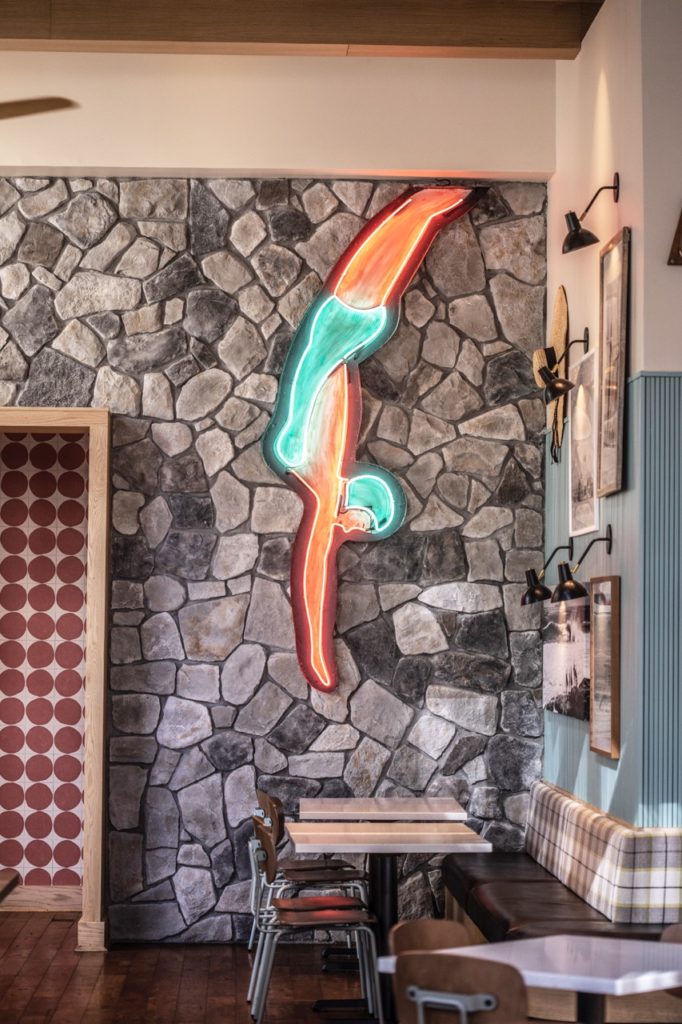
But when creating a bespoke built-in bar at home, the focus shifts solely to the homeowner's desires and their envisioned atmosphere. What do they want to feel? Where do they want to be transported? Tuscany? Your favorite German pub? Napa?
When crafting a home bar, the emphasis lies in the mastery of translating a clients' visions into tangible architectural expressions. Here’s how to do it well:
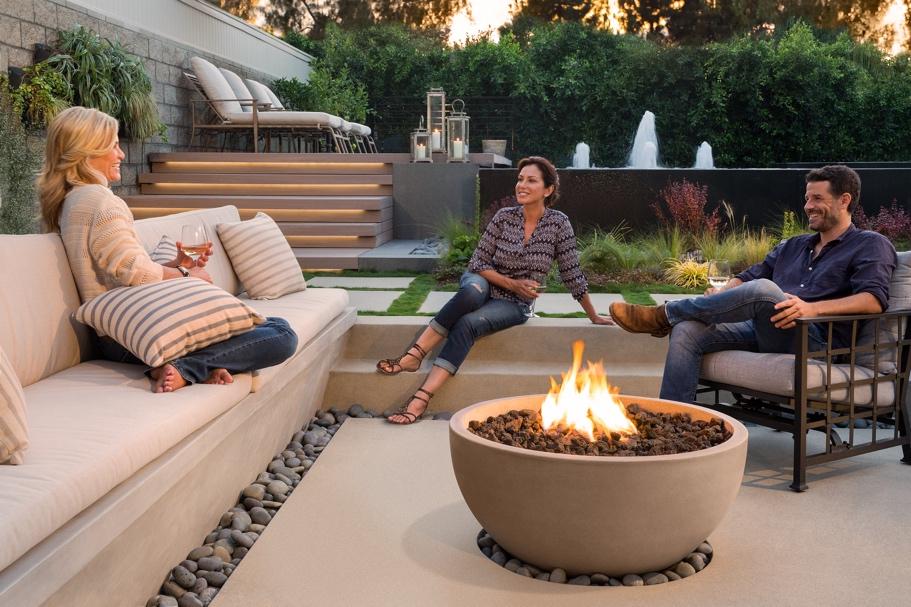
Defining Architectural Style
Every trendy club or laidback lounge space has its own distinct look and feel, and a unique identity that would be difficult to replicate. Similar to commercial establishments, a home bar should possess a unique identity.
Clients should define their desired ambiance— do they want to be transported to the Bahamas? To pretend they’re sipping wine in Italy? Or would they rather feel like they are drinking a cold one in a ski lodge?
Articulating a client’s preferences and aspirations becomes paramount, providing valuable insights that will later inform the key decisions in the design process such as special layout or material selection.
Defining architectural style as a precursor to design exploration is the key to achieving in a space that feels uniquely tailored to their needs.

Incorporate Texture and Materiality
The tactile dimension of architectural design holds profound implications for the sensory experience of a space. Think about it, there’s no reason to book a trip to go drinking in the Alps when you can bring the mountains home.
Understanding materials in architecture extends beyond knowledge of their weight and thermal properties– the strategic selection of materials within a design has the power to stimulate the senses, evoke emotional response and imbue spaces with distinctive character.
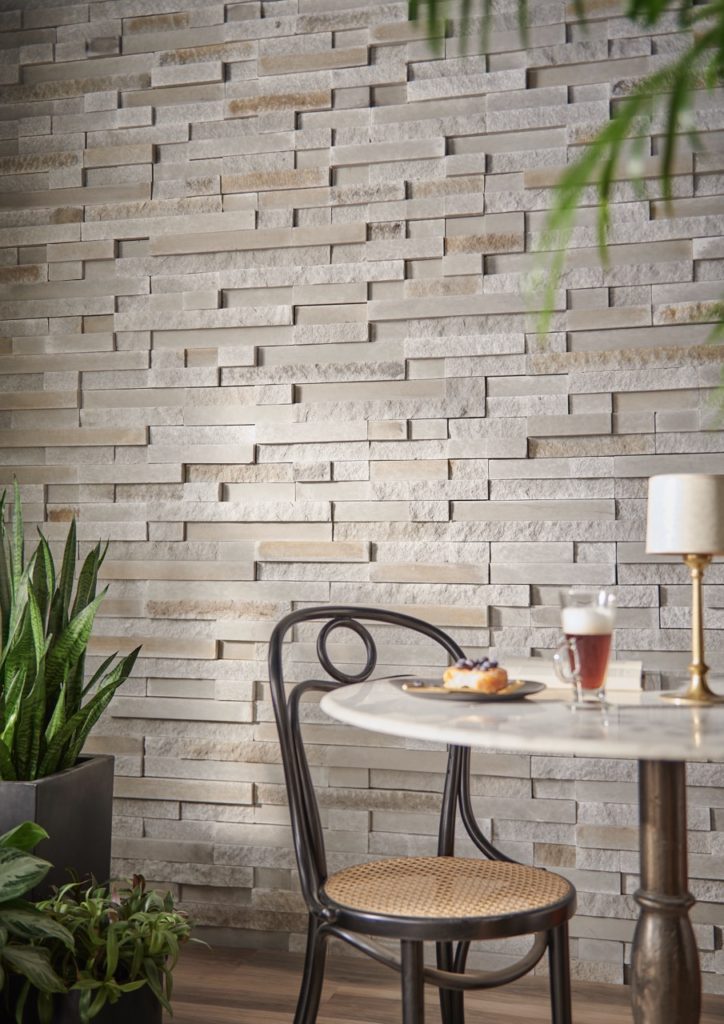

Stone veneer, for instance, offers a tactile richness and visual depth that can elevate the ambiance of a home bar, whether by evoking the rugged grandeur of alpine retreats or the tranquil serenity of coastal hideaways. The use of tactile design elements and surfaces will quickly take your vision to the next level and help the rest of the details, such as complementary colorways, fall into place.
Should your design lean towards a lighter palette, consider incorporating a crisp, bright stone like Cultured Stone’s Arctic Pro-Fit Terrain Ledgestone. The white stone pops even more in a mountainside outdoor bar space lined in evergreen trees. If you’re looking to encapsulate dramatic allure and a bold speakeasy feel, try adding in a deep and stormy stone profile such as Cultured Stone’s Dark Ridge Pro-Fit Alpine Ledgestone. Manufactured stone veneer can help add textural touches where there aren’t any at first, and adding texture is never a mistake.
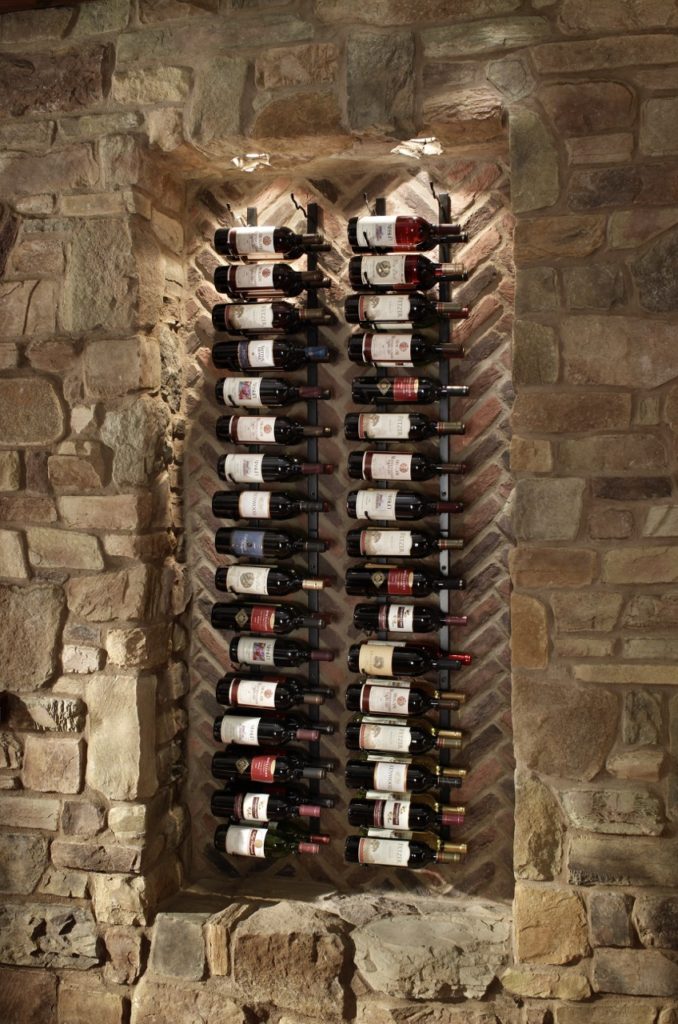
Elevating Architectural With Stylistic Elements
Whether it's the inclusion of a vintage bar cart, a handcrafted artisanal light fixture, or a custom-designed wine rack, these signature elements serve as tangible expressions of the client's individuality and character.
Do you see the vision? A swanky basement speakeasy with dim, moody lighting radiating from vintage fixtures, Gastby-esque velvet barstools, intricately patterned tiled flooring, a custom carved wooden bar top, and a rustic, warm-toned brick veneer backsplash, all tucked away behind the façade of a hidden bookcase door. The space transforms from ordinary suburban basement to extraordinary Prohibition-era speakeasy. 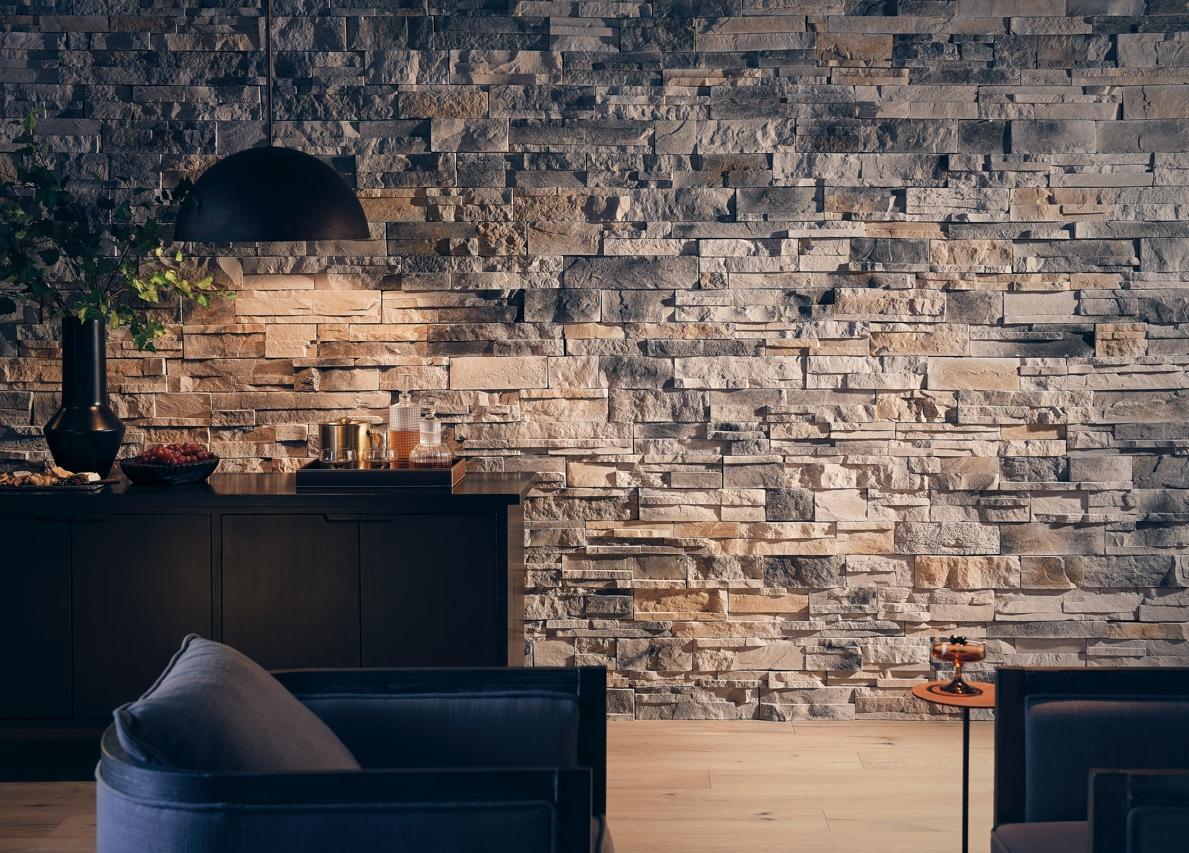
The creation of a home bar is a journey of creative expression and personalized design. By defining architectural style, intentional textural accentuation, and a charming dose of individuality, the home bar becomes not just a place to enjoy drinks, but a beautiful blend of skillful architectural design and stylistic curation.